AARP Hearing Center

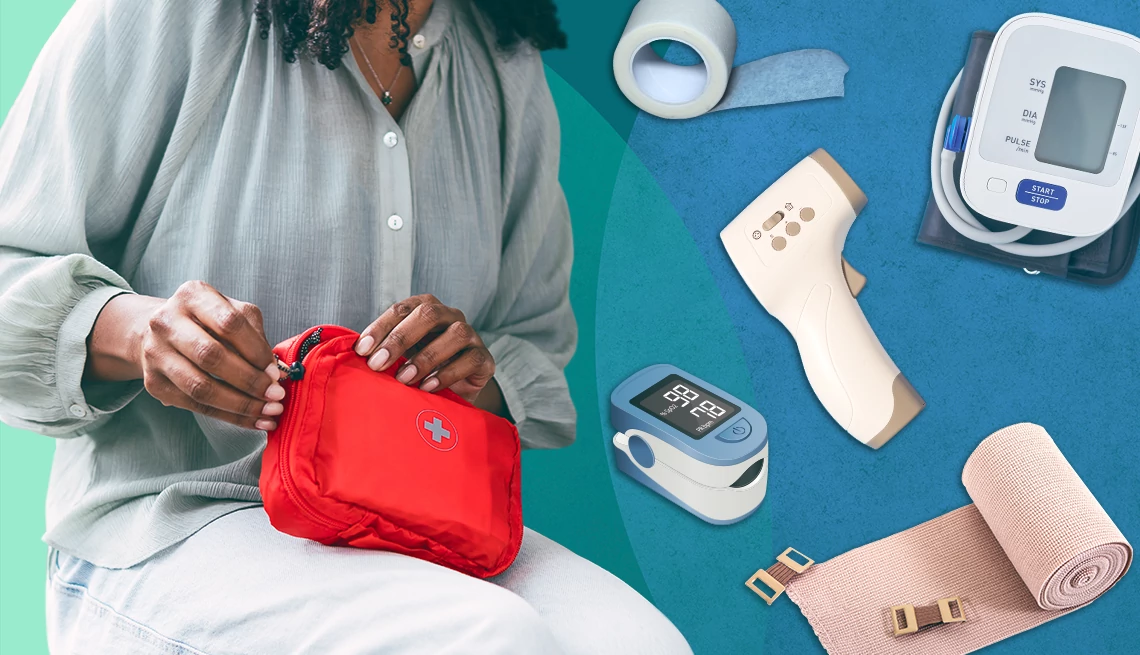
As a caregiver you’re involved with countless aspects of your loved one’s health, but a properly prepared home health care kit can help caregivers be ready for any issues that arise.
A well-stocked first-aid kit, “promotes a sense of peace of mind for the caregiver and also for the patient,” says Brian K. Unwin, MD, chief of geriatrics and palliative medicine at the Carilion Clinic Center for Healthy Aging in Roanoke, Va. Your kit’s contents should be tailored to your loved ones’ specific condition, medical history and recommendations from their healthcare providers. While customization is important, here are the six steps to create and maintain a home health care kit.
1. Build a strong foundation
Here are basic items that you can use to monitor and care for your loved one.
Infrared or digital thermometer. “I would suggest the contactless thermometers in general. They're very good, as long as they're a reputable brand,” Unwin says. They can be especially useful for those who have difficulty holding an oral thermometer in their mouth.
Pulse oximeter. These clip onto a finger to get a digital reading of blood oxygen levels. “The numbers are nuanced on a person-to-person basis,” Unwin says, so work with your loved one’s doctor to establish a baseline reading.
Blood pressure monitor. Your local rescue squad or your doctor can ensure you have the right size cuff and show you how to use the monitor properly, Unwin says. Your doctor can ensure it’s calibrated correctly.
Instant cold and heat packs. These instant packs are usually activated by squeezing and have the advantage of neither being too cold nor too hot when used on older skin. Unwin advises avoiding electric heating pads, because “They can cause significant burns and skin injury in older adults.”
Age-friendly bandages, gauze, and tape. Traditional adhesive tape can tear the fragile skin of older adults so opt for low-friction options like paper tape or silicone adhesives, notes Jessica Corona-Irwin, RN, at Remo Health, a virtual dementia care company.
ACE wraps or compression wraps. Use them to apply gentle pressure, control swelling or hold bandages in place. But be careful that you don’t create a tourniquet by wrapping it too tightly, Unwin warns.
Home testing kits. You can still get four free COVID-19 tests from the government. And there is also a combination COVID-19/flu test available at drug stores. Results could help your doctor decide whether to prescribe antiviral medications like Paxlovid or Tamiflu.
Use caution before adding medication
Always consult your loved one’s healthcare provider and pharmacist before adding over-the-counter medications, such as ibuprofen or acetaminophen to your kit. You want to avoid potential drug interactions and age-related complications.
“Some pain relievers shouldn’t be used in older adults,” says Unwin. For example, ibuprofen can cause gastric irritation, decrease kidney function and elevate blood pressure in older adults.
Along with pain relievers, talk to your doctor before dispensing medications such as antihistamines, decongestants and antidiarrheal drugs .































































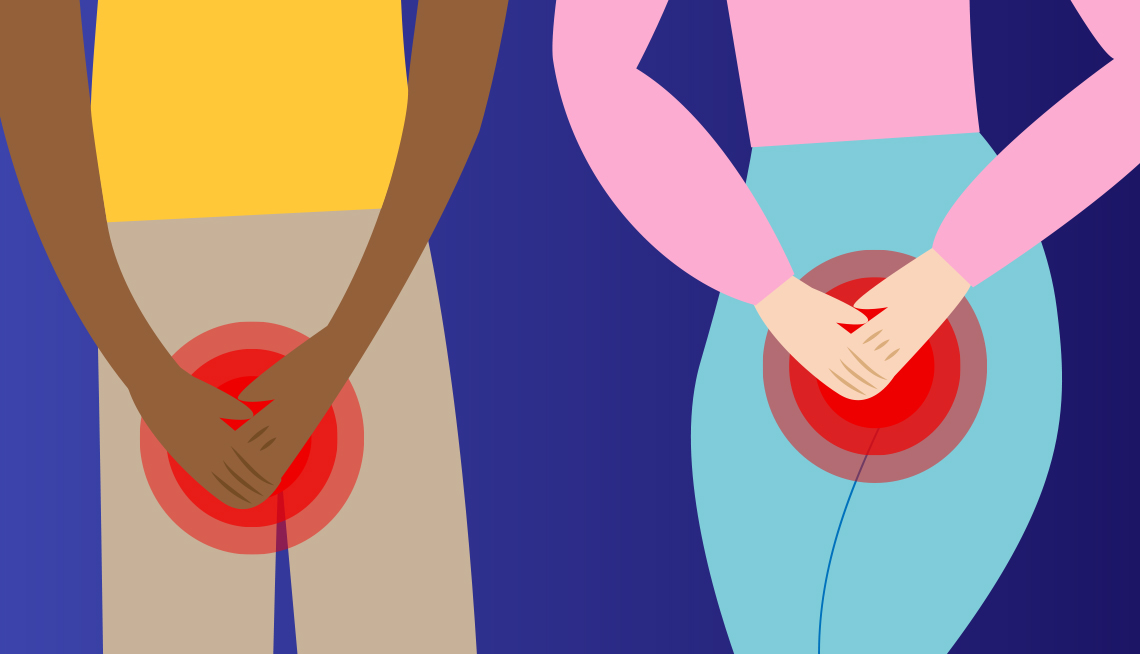
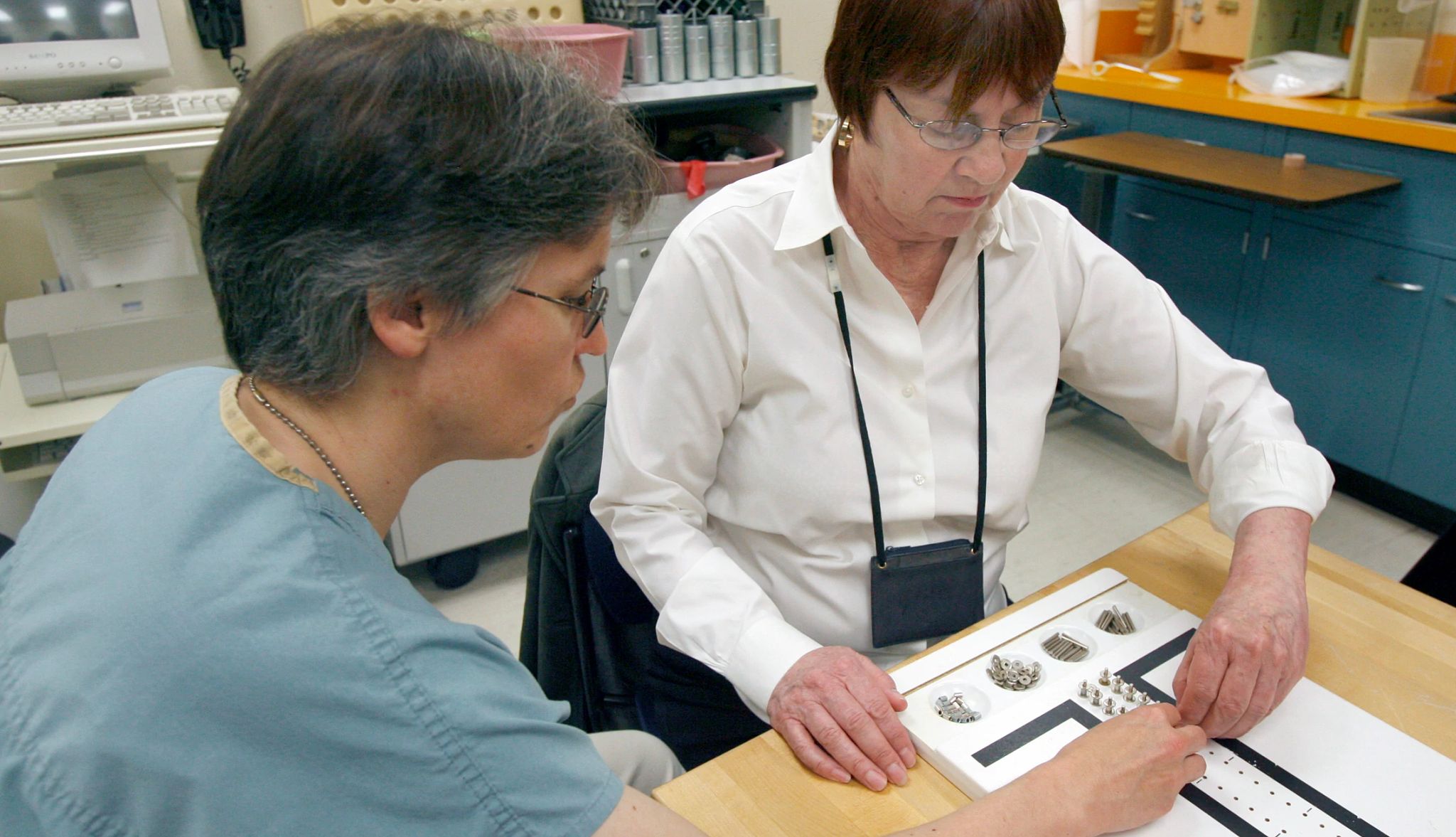

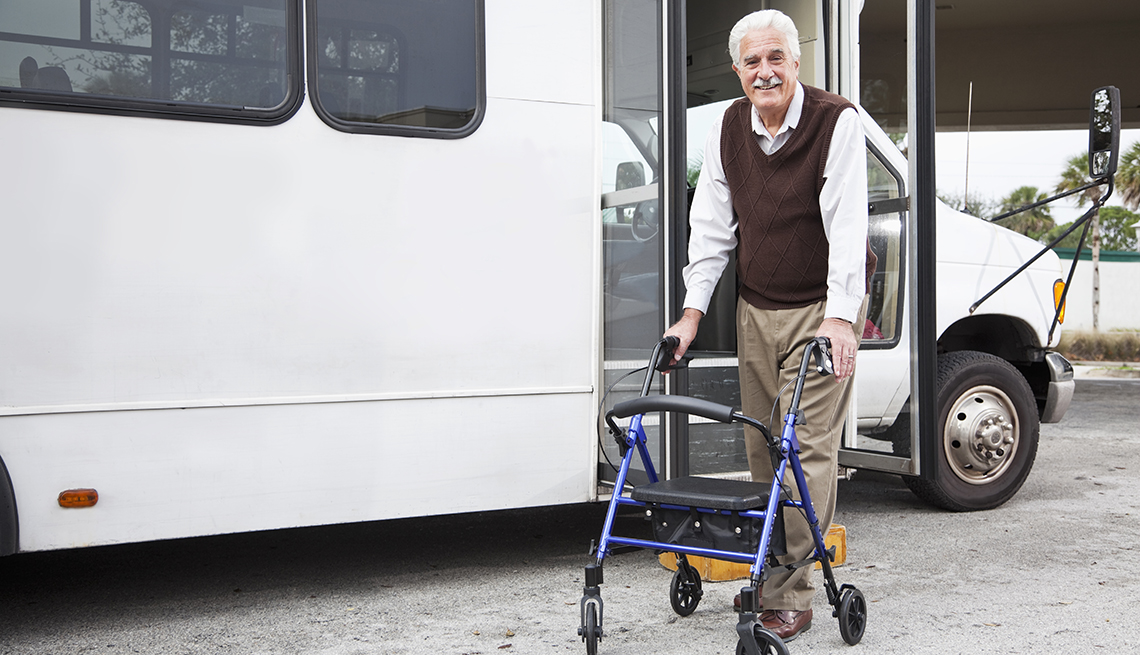
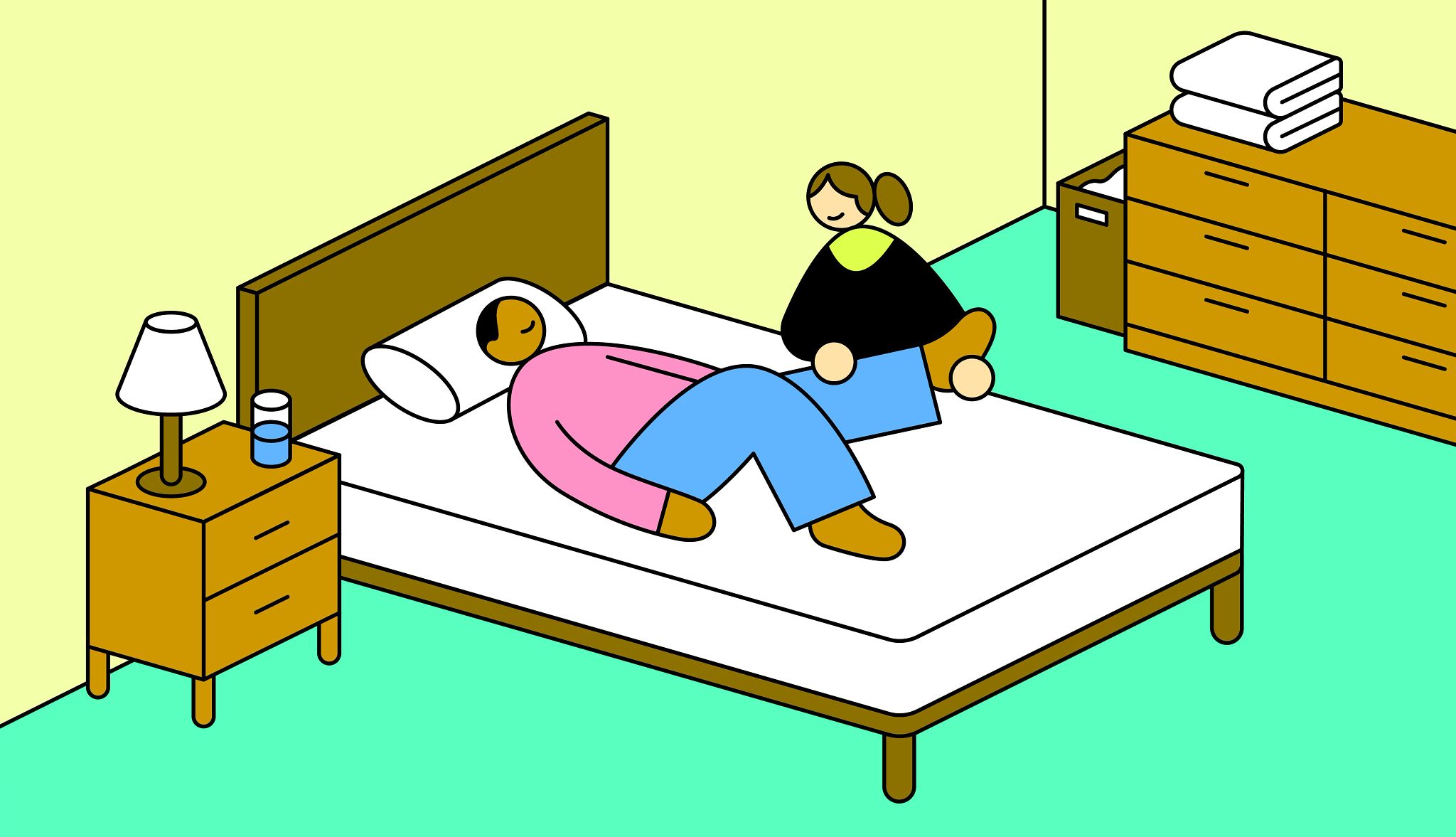
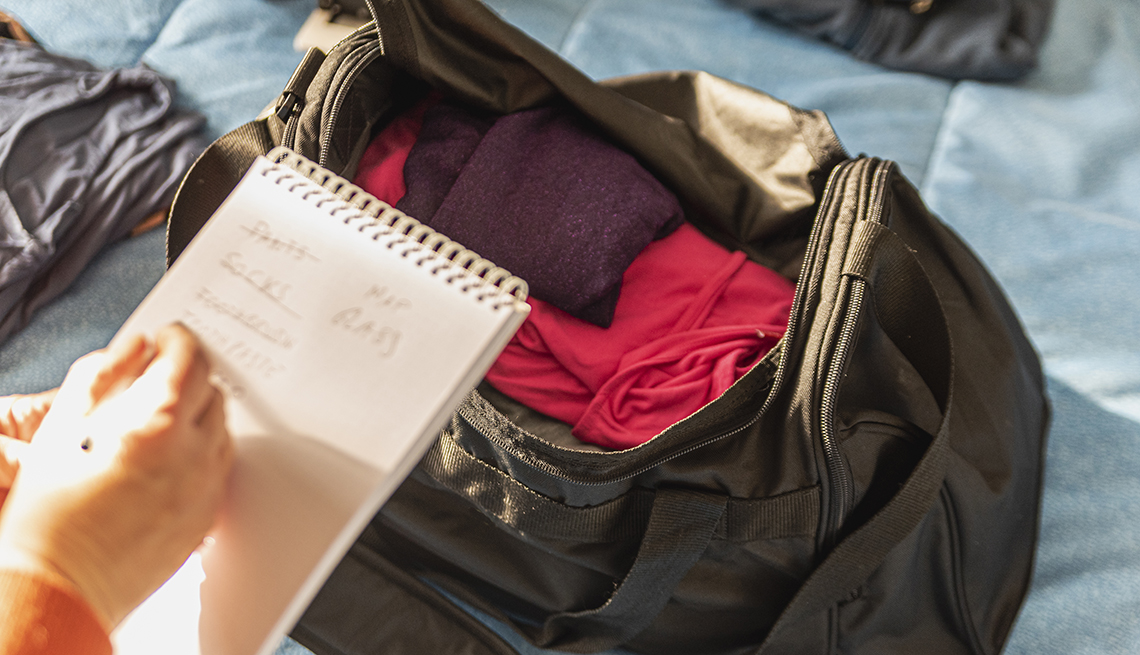
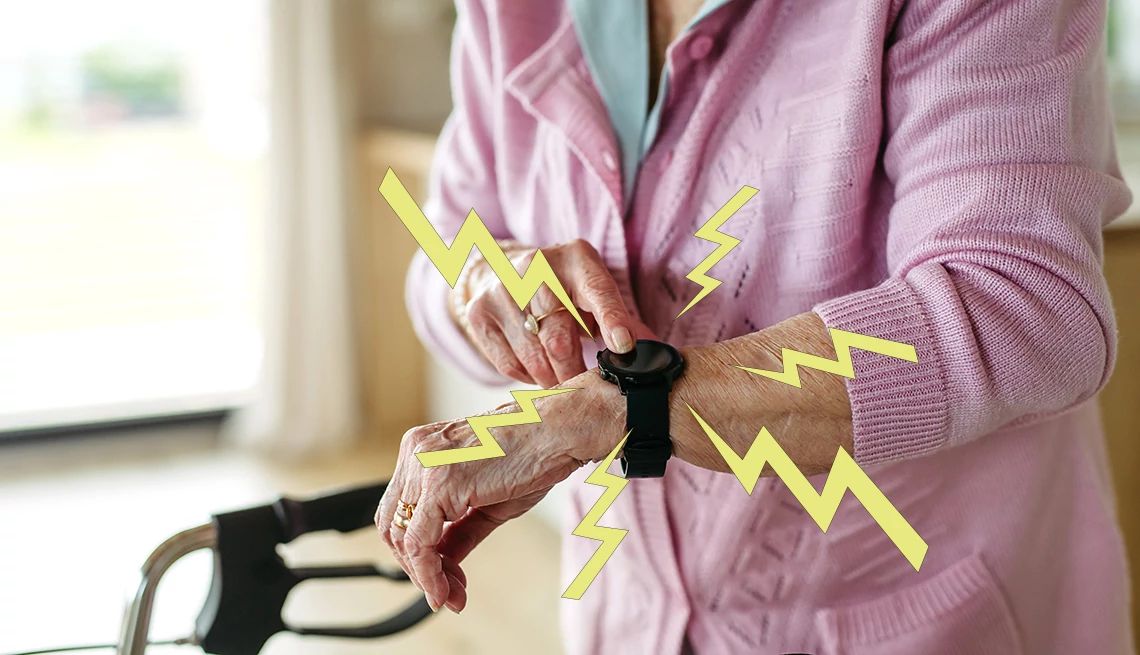
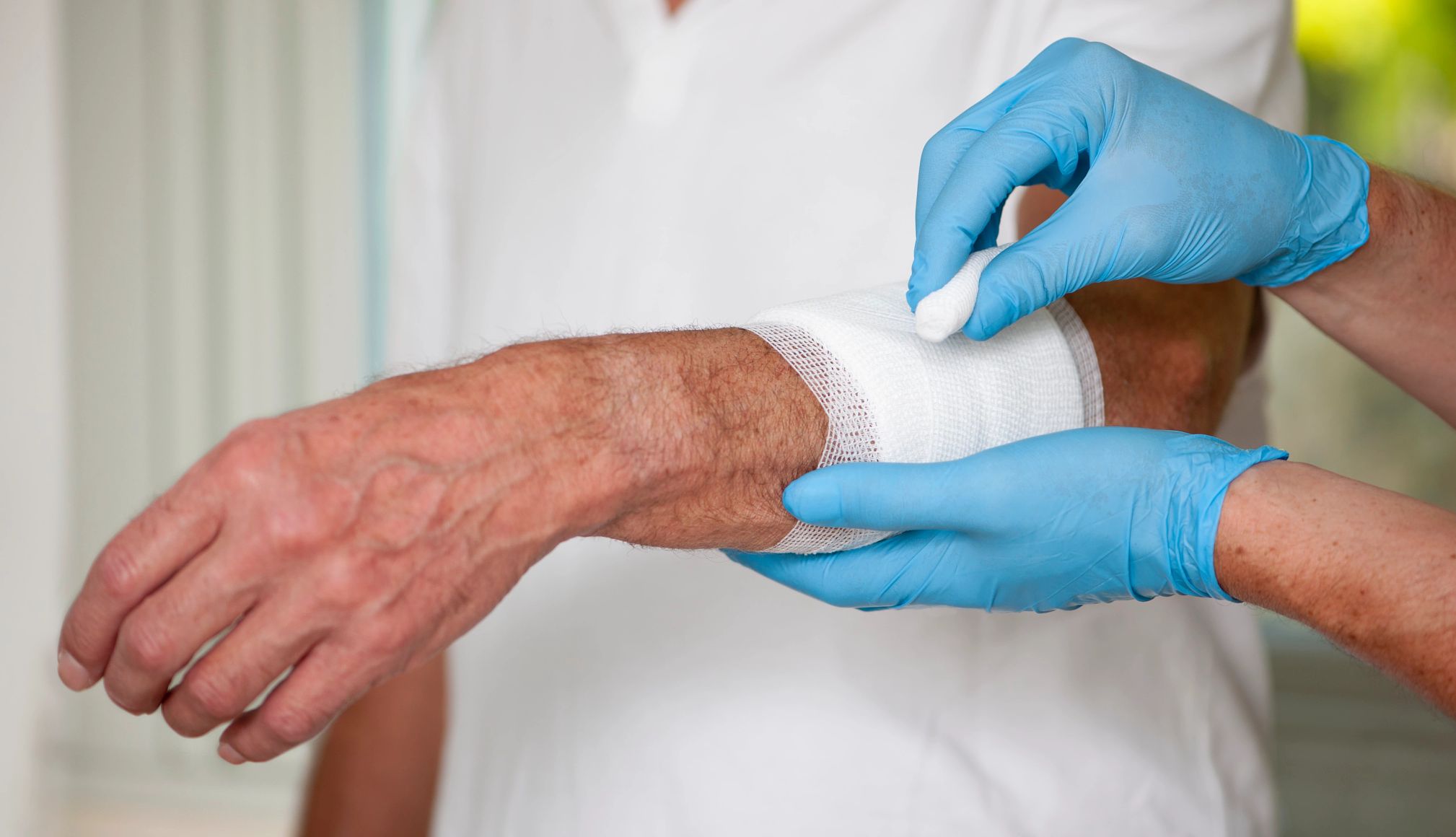
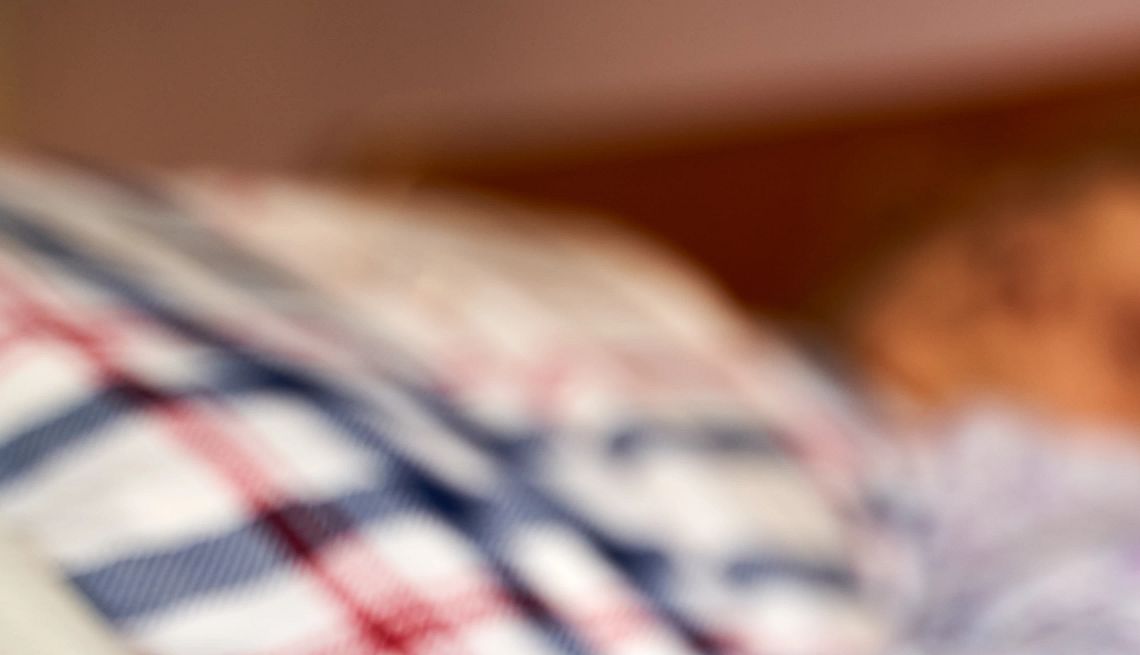
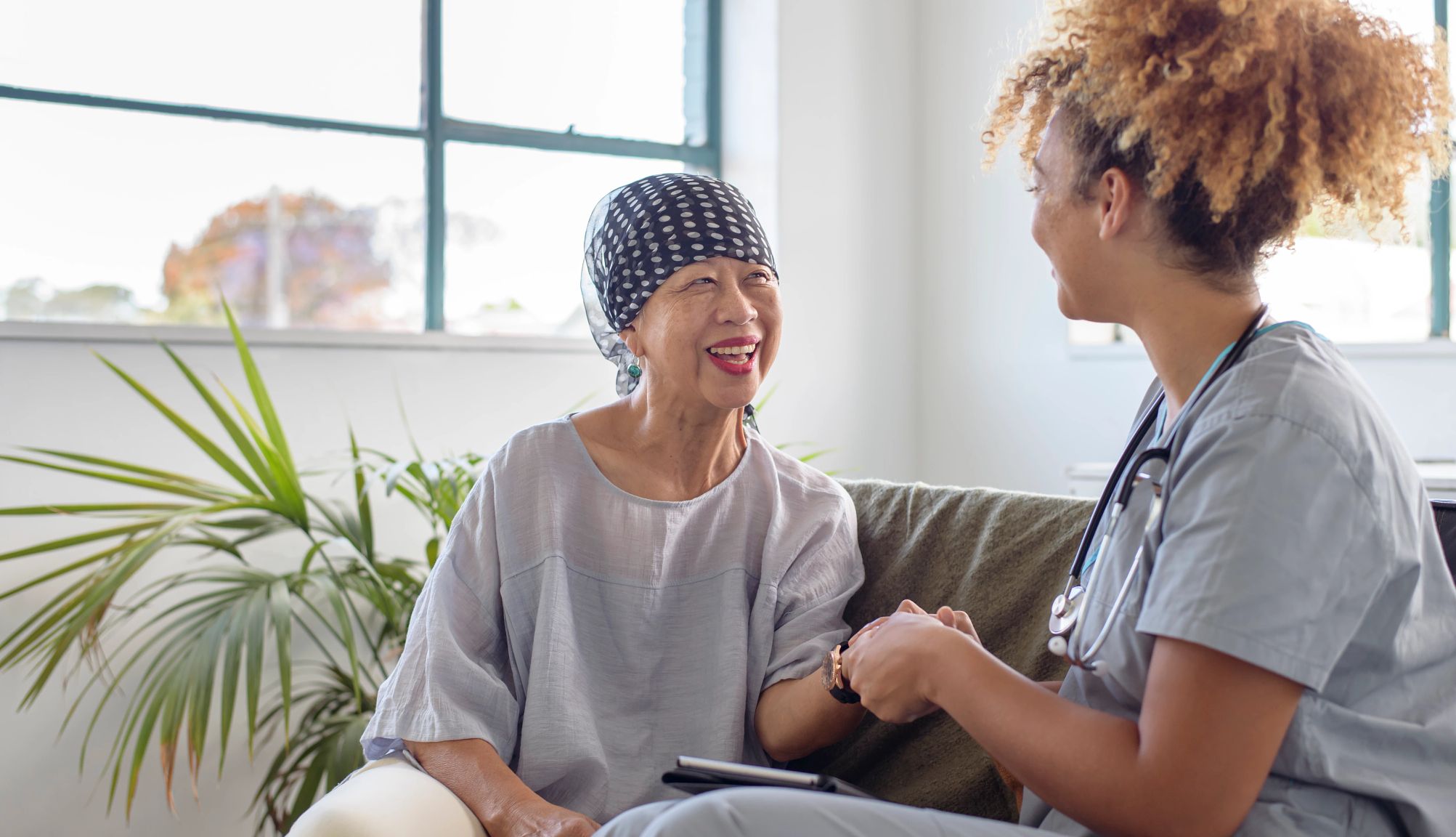


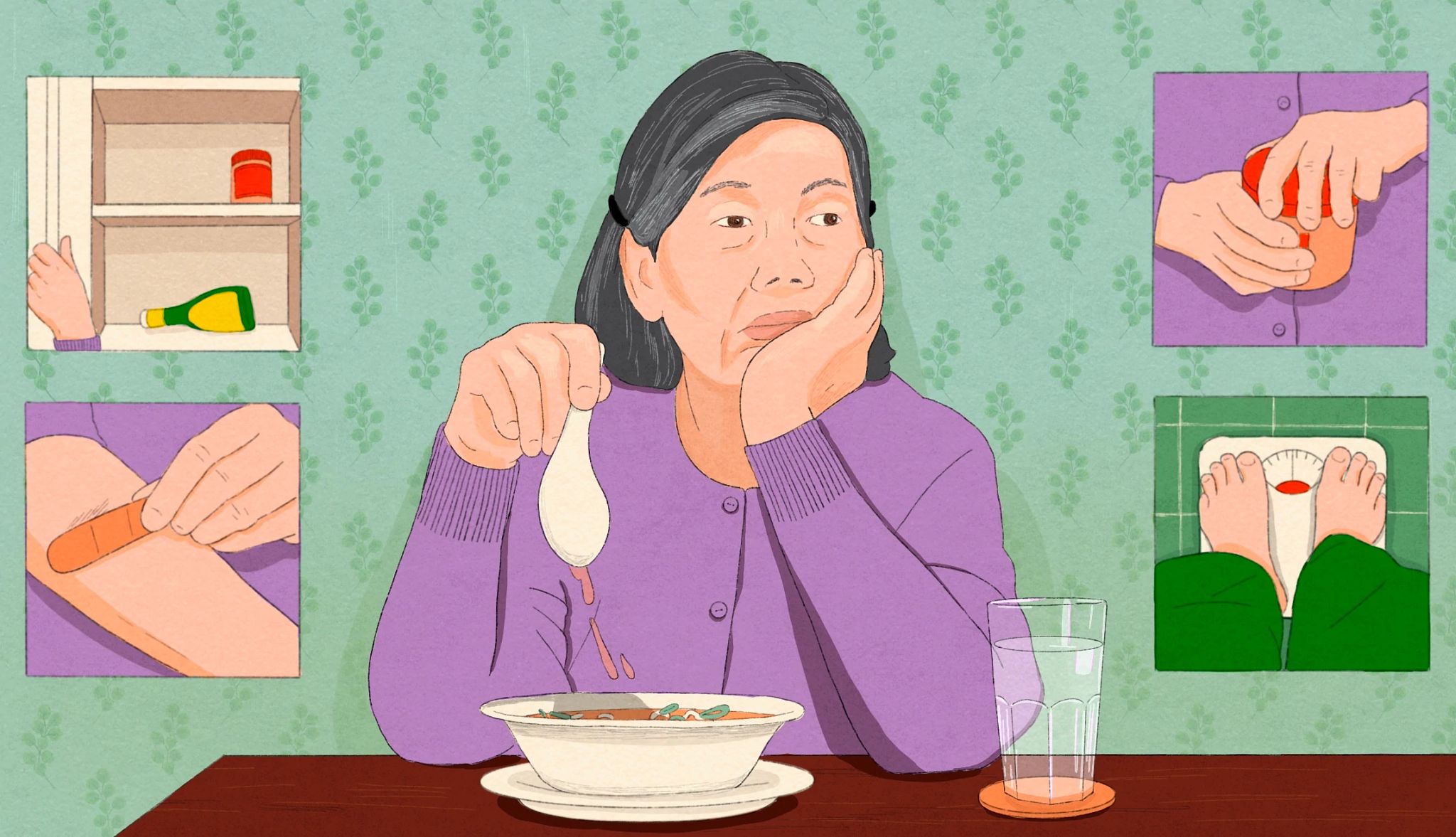
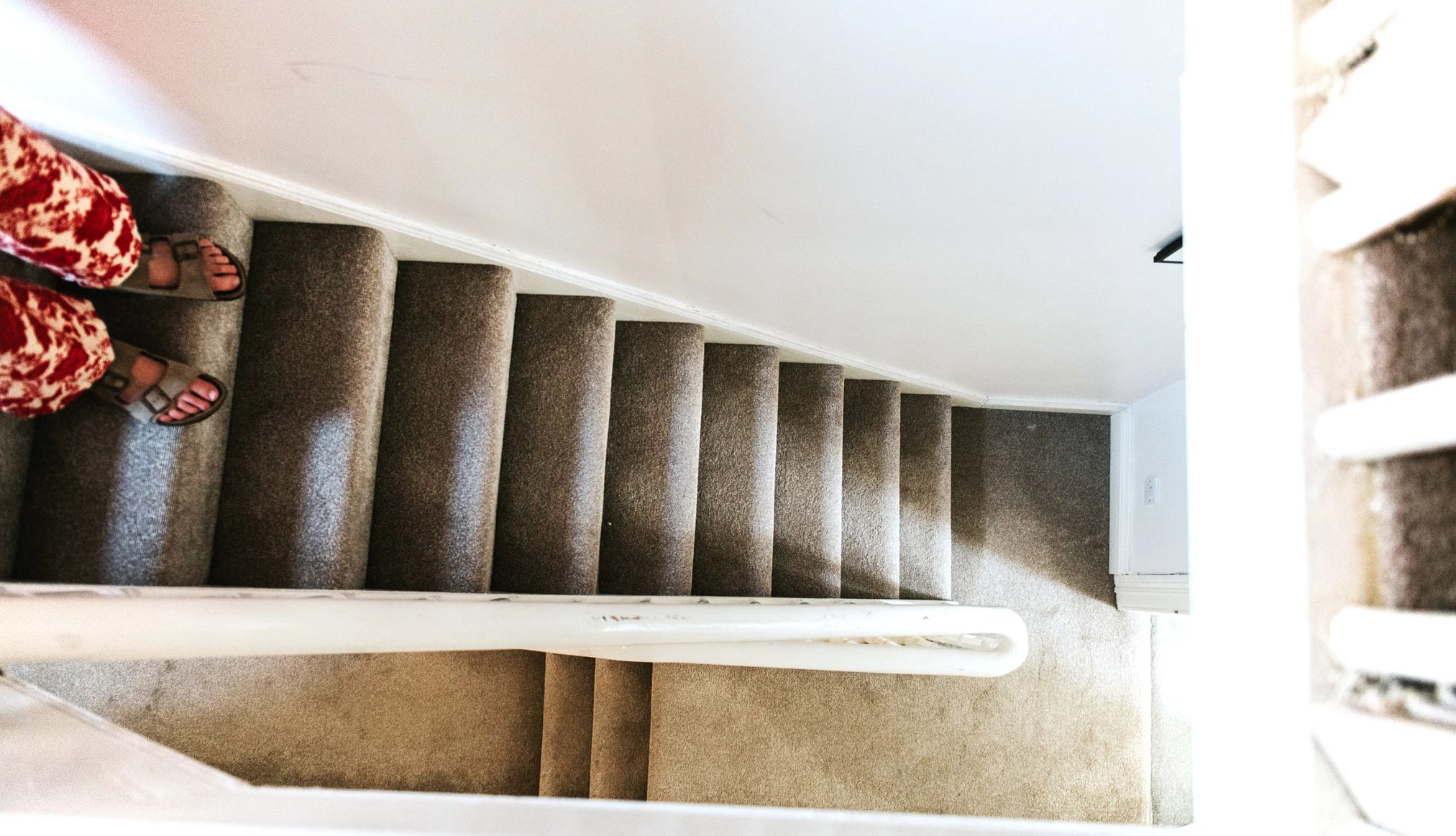



More From AARP
What Caregivers Should Know About Occupational Therapy
Occupational therapists specialize in helping people regain their independence
Chill Factor: Conditions Made Worse by Cold Weather
How to cope when the temperatures drop
Long Waits at Doctor's Offices
How to make sure you don't waste your valuable time